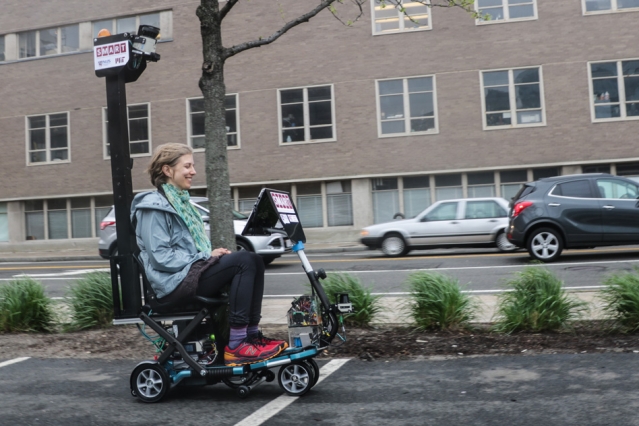“The solution works both indoors and outdoors,” Daniela Rus, a Massachusetts Institute of Technology computer scientist and one of the project’s leads, told Digital Trends. “In other words, [it] provides an end-to-end solution starting with the home or hospital room all the way to the destination.”
For many handicapped people, it’s an everyday hassle to get from place to place without assistance. The researchers hope to provide mobility-impaired users more freedom by developing a system that works with multiple vehicle types, while fitting the system with features like ride booking and the ability to respond to immediate changes in the environment.
Developed by the Singapore-MIT Alliance for Research and Technology (SMART), MIT’s Computer Science and Artificial Intelligence Laboratory (CSAIL), and the National University of Singapore, the system is one of the first of its kind.

To test the system, researchers let it roam in Singapore before shipping it to Cambridge, Massachusetts, where it explored MIT’s labyrinthine “infinite corridor.”
“The infinite corridor is a long corridor that does not have many features,” Rus says. “Localization is hard in such an environment. So, if we can handle such a sparse indoor environment, we can also handle hospital corridors, apartment buildings, and houses.”
One promising side note in the paper presented last week at the IEEE International Conference on Intelligent Transportation Systems is the change in the judgments offered by users who tested the scooter system. Prior to riding the scooter, the average safety score reported by participants was 3.5 out of 5. After they used the scooter, that score rose to 4.6.
Rus thinks this illustrates some people’s prejudices to the technology. “People need to experience the technology to get comfortable with it and understand how it is useful,” she says.
Before introducing the system in the real world, Rus says she and her team would like to conduct more varied and longer studies to “stress test” the system.


